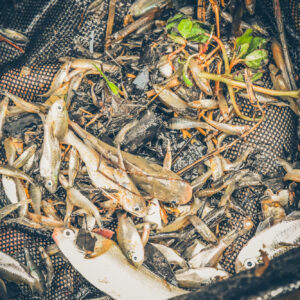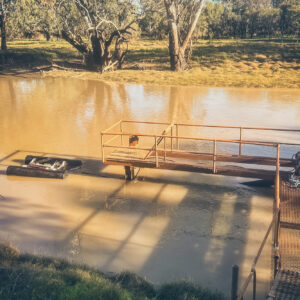Balancing public & private benefits of modern screens
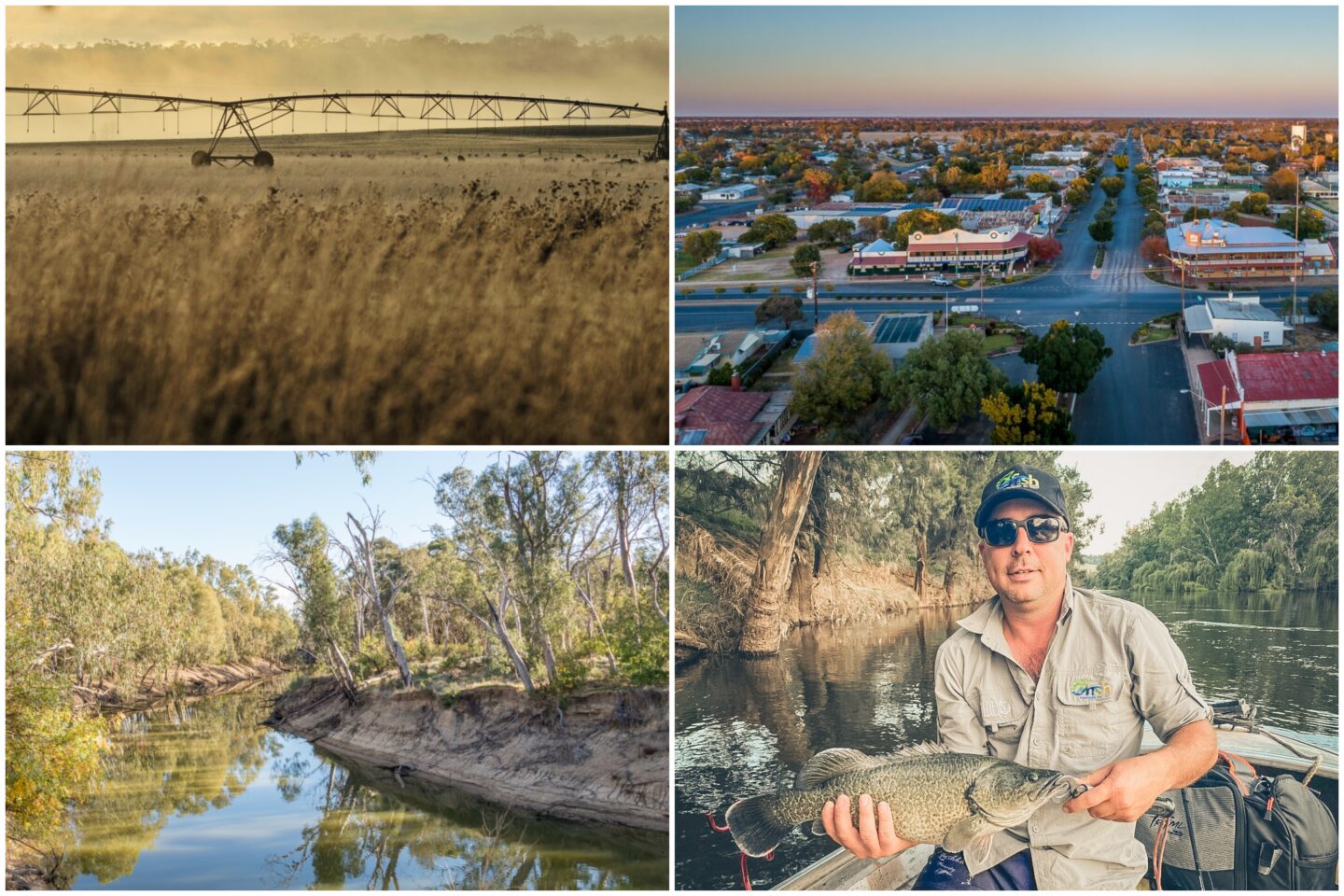
New research by the University of Adelaide highlights the economic value of fish screens for irrigators and society, and suggests benefits could be maximised with private co-investment.
Fish screens deliver benefits, but what are these benefits worth? Answering this question is a crucial step in encouraging investment in this best-practice technology across Australia.
Lachlan Jaensch, a Masters student at the University of Adelaide, examined how public and private benefits of fish screening can be balanced to make best use of investment.
Public benefits
Native fish provide economic, environmental, recreational, tourism, and cultural benefits. Their loss at water diversions directly deprives society of these values.
Leveraging other economic research, Lachlan estimated that modern screens deliver public benefits worth around $193/ML of water pumped through the screen. These public benefits accrue as more diversions are screened and the total volume of water pumped through screens rises.
Private benefits
Debris in natural waterways, such as tree branches, can impact unscreened water infrastructure – even those with traditional ‘trash racks’’. Modern screens effectively eliminate the intake of this debris.
Lachlan used the experiences of irrigators who have adopted screens to evaluate potential profitability of screening. These irrigators reported reductions in energy consumption, pump downtime, back-flushing, and maintenance costs.
Further research is now underway by the NSW Government to formally quantify these on-farm savings and returns-on-investment.
Lachlan’s work received the 2023 Best Research Project Award in the Masters of Global Food and Agricultural Business program.
Incentivising adoption
The NSW Government has established incentive programs to promote adoption of modern screens – offering technical support, project management and financial subsidies to offset installation costs.
Irrigators have been enthusiastic to participate. The Northern Basin Toolkit and the Macquarie River Screening Program were both heavily oversubscribed, by up to 126%. Over 15 pumping stations are slated for modernisation across the northern Murray-Darling/Baaka Basin.
Getting the balance right
Lachlan developed a new framework to assess current subsidy allocations and guide future investment. His research suggests that funders need to strike a balance – subsidies should be sufficient to spur adoption, without straining budget limits.
Specifically, instead of funding 100% of installation costs, subsidies could be reduced by 20 to 50%. Private co-investment would create a better balance between public and private benefits, while also allowing more water diversions to be screened with the resources available.
Lachlan’s research confirms the importance of financial support for water users. However, work is required to operationalise his findings. Getting the balance right will help maximise the benefits of screening for native fish populations, agricultural enterprises, and regional communities.
Click here to read Lachlan’s full thesis.

